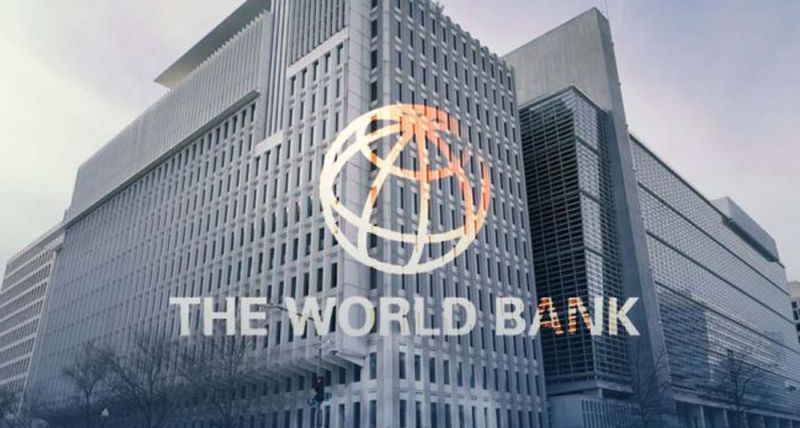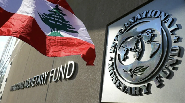
As Lebanon gradually emerges from a period marked by deep political, economic, and humanitarian turmoil, the World Bank’s latest MENAAP (Middle East, North Africa, Afghanistan, and Pakistan) Economic Report, published in October 2025, gives encouraging prospects for the country.
Despite ongoing fragility, particularly in public finances and essential services, Lebanon is managing to steer its economy back on track through structural reforms and a gradual return to political stability.
Political and Institutional Stability Back on Track
After two years of institutional vacuum, the election of a new president and the formation of a government in 2025 marked a turning point. This restoration of governance helped rebuild trust and reactivate several economic and social initiatives.
According to the World Bank’s forecasts, Lebanon’s real GDP is expected to grow by 3.5% in 2025 and 4% in 2026, following an estimated 7.1% contraction in 2024.
GDP per capita is also projected to rise by 2.7% in 2025 and 3.1% in 2026, supported by a stabilized exchange rate since August 2023 and a sharp drop in inflation, expected to fall below 10% next year.
The consumer price index even recorded a 14% decrease in July 2025: the first decline after years of persistent inflation.
Improving Macroeconomic Balances
The report highlights the strong rebound of tourism during the summer of 2025, especially in July and August, as a key driver of this recovery. Supported by economic and administrative reforms, this positive trend is expected to continue in 2026, boosting foreign currency inflows and sustaining growth.
External and fiscal indicators also show signs of consolidation.
The current account deficit is projected to narrow from 22.2% of GDP in 2024 to 15.8% in 2025, before stabilizing around 16.1% in 2026.
On the fiscal side, the World Bank expects balanced public accounts in both 2025 and 2026, following a small budget surplus of 0.5% of GDP in 2024, a positive sign for the country’s financial sustainability.
A Heavy Post-Conflict Legacy
The World Bank nevertheless warns that the recent war in Lebanon caused major damage: $6.8 billion in physical destruction and $7.2 billion in economic losses, bringing total reconstruction needs to roughly $11 billion.
Around 1.2 million people were displaced, deepening an already severe humanitarian crisis.
Enduring Social Challenges
While macroeconomic indicators are improving, the social situation remains alarming.
Between 2013 and 2023, poverty levels rose sharply due to the erosion of household purchasing power. The share of Lebanese living on less than $3 a day jumped from 0.1% to 5.9%. Those living on less than $4.20 a day increased from 0.3% to 16%, while the proportion surviving on less than $8.30 a day surged from 5.5% to 50.7%.
Despite these challenges, the World Bank believes Lebanon retains significant strengths to sustain its recovery: an active diaspora, a flexible service-based economy, a resilient tourism sector, and a highly skilled population.
With renewed stability and continued reform efforts, Lebanon could achieve sustained growth starting in 2026, gradually reducing both social and financial imbalances.




Comments